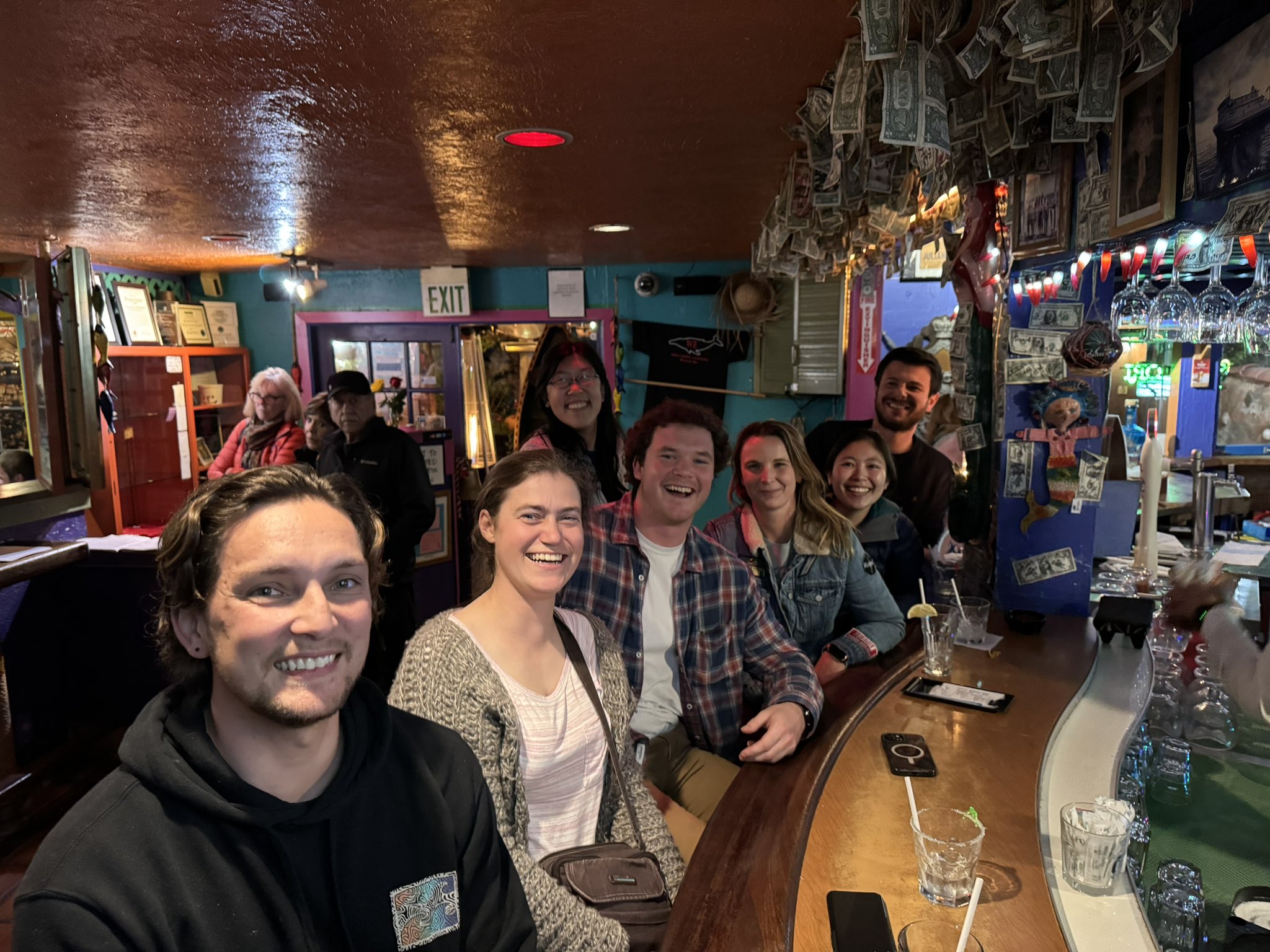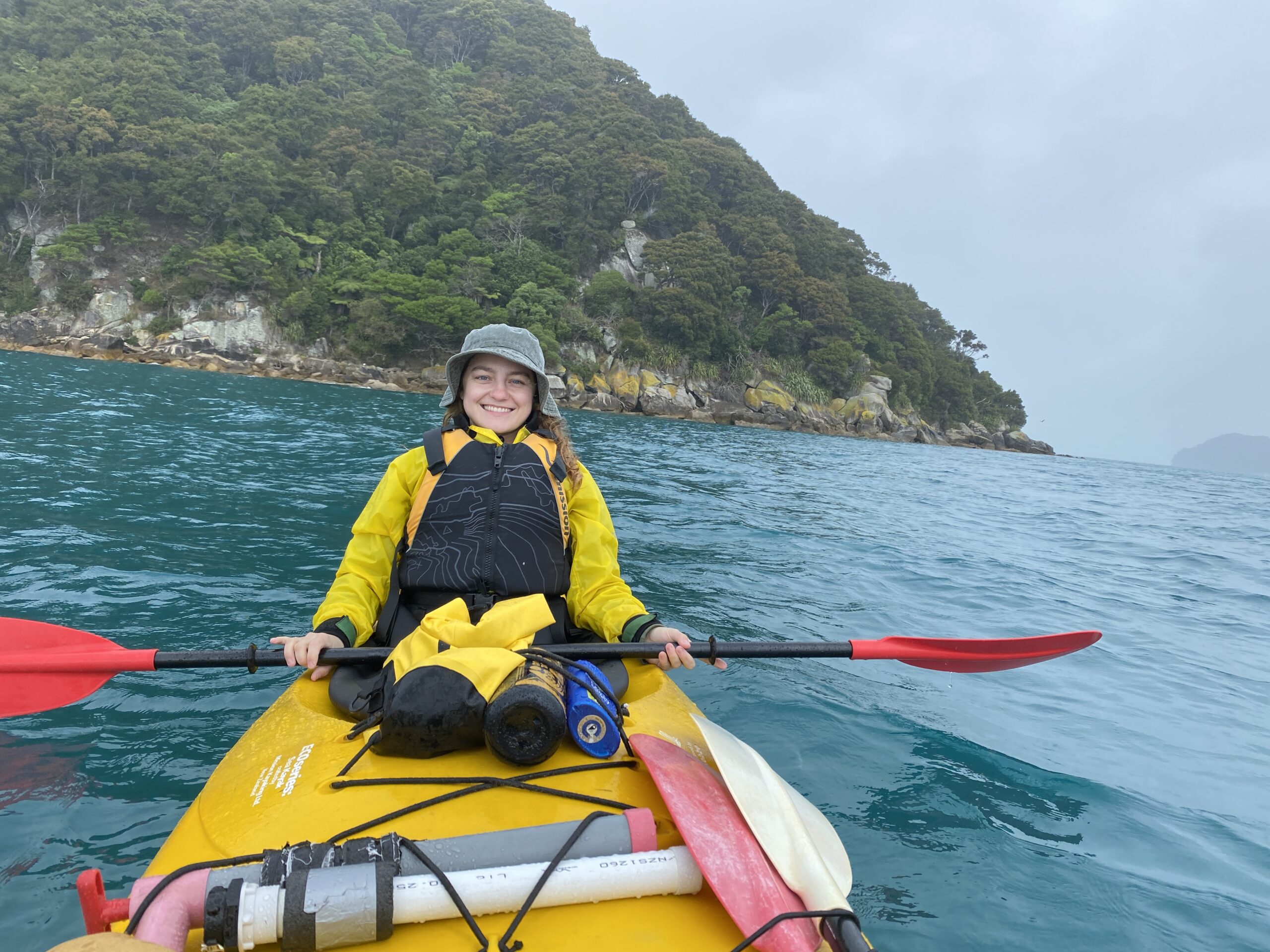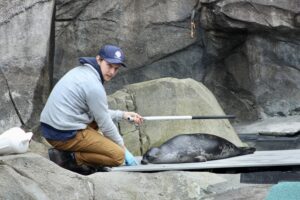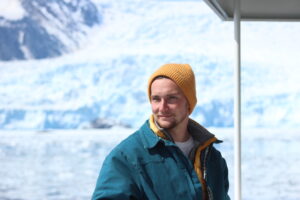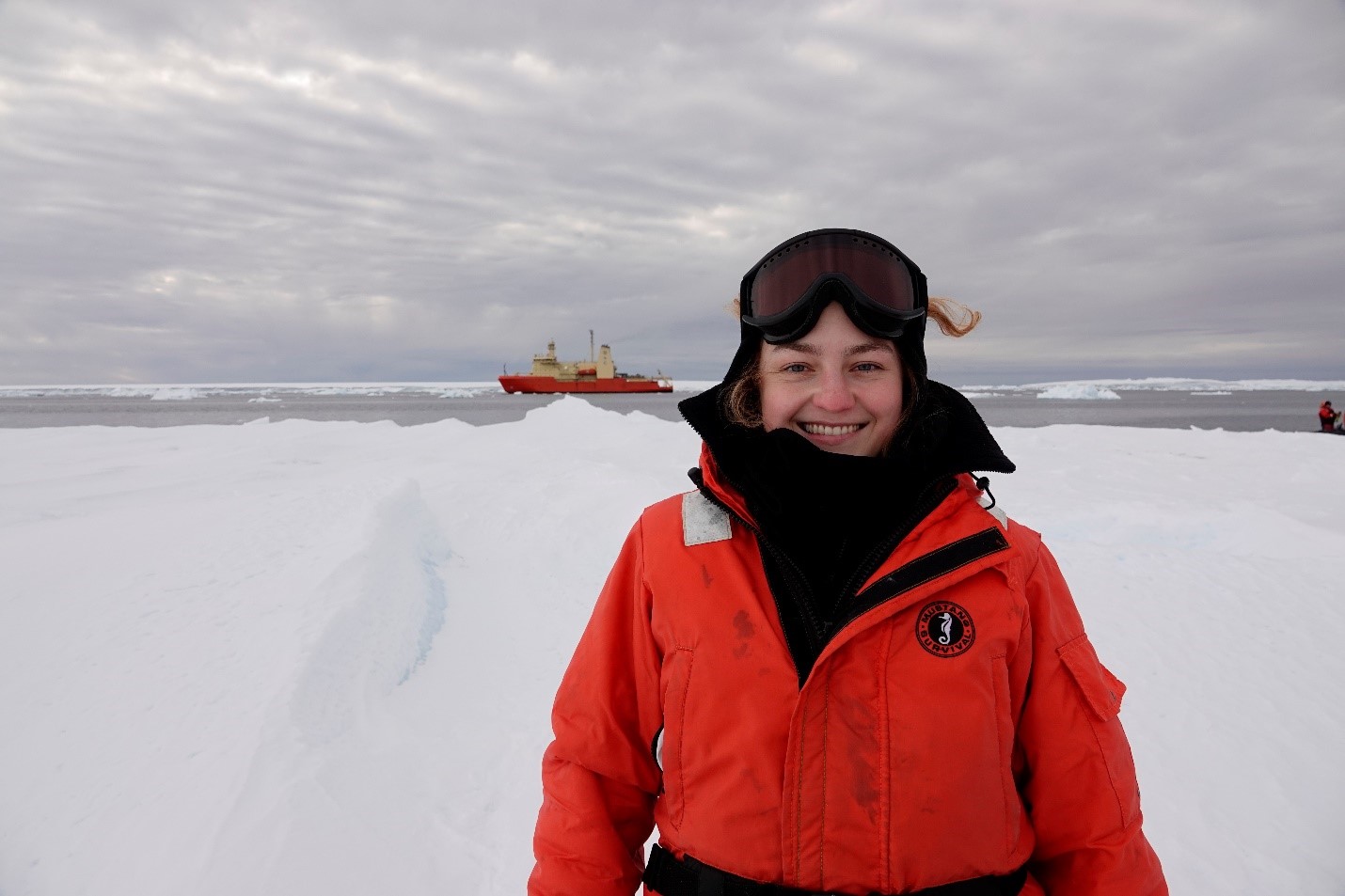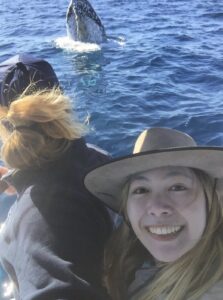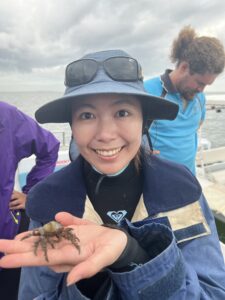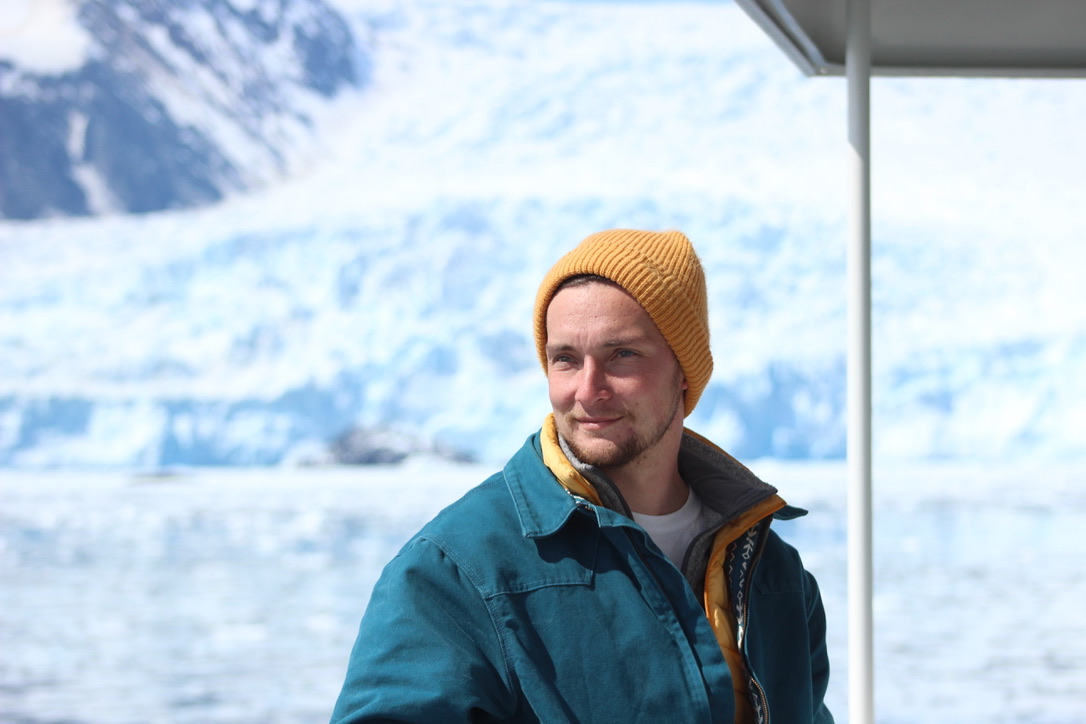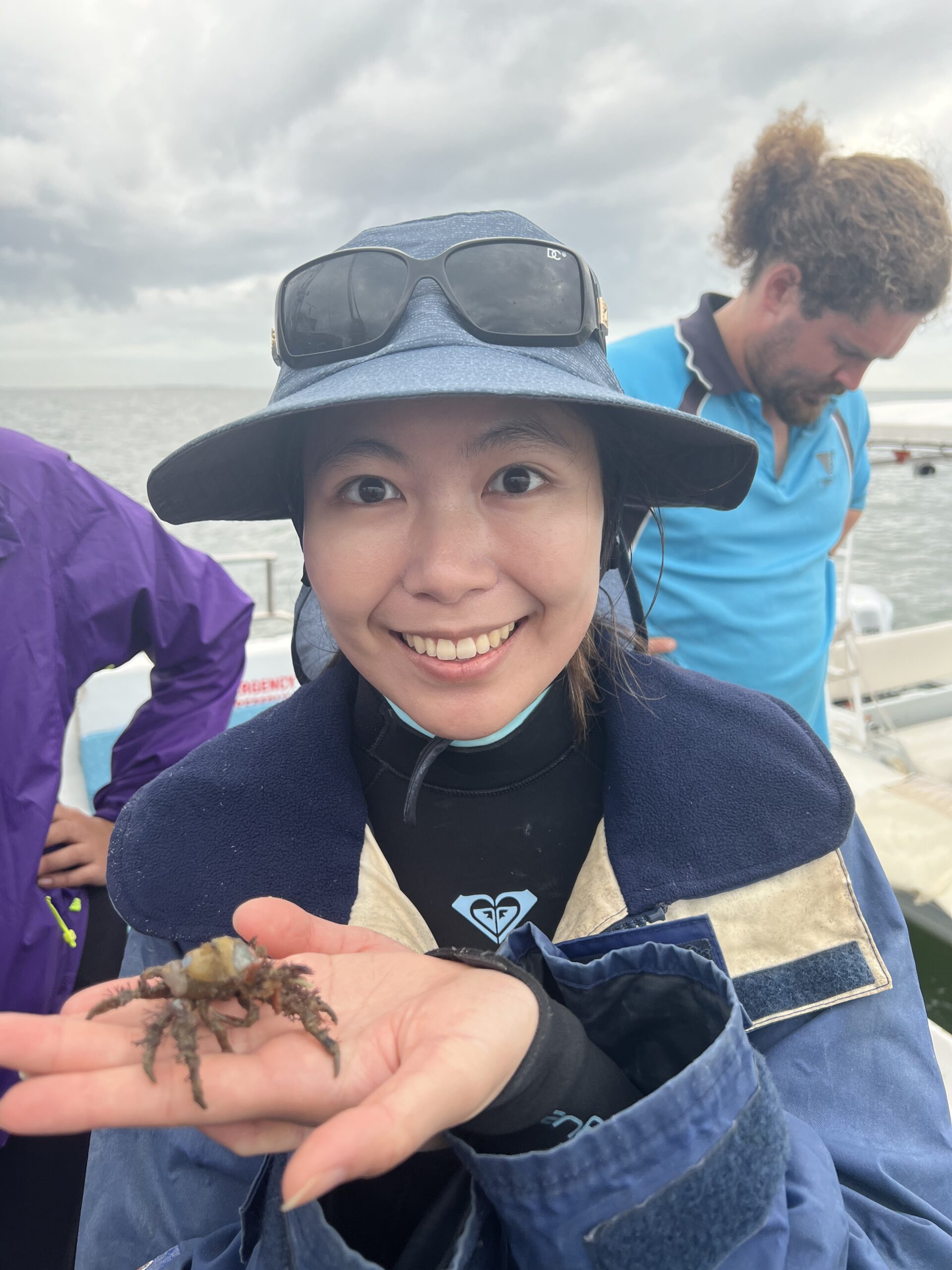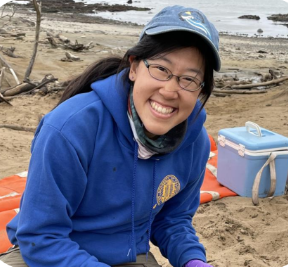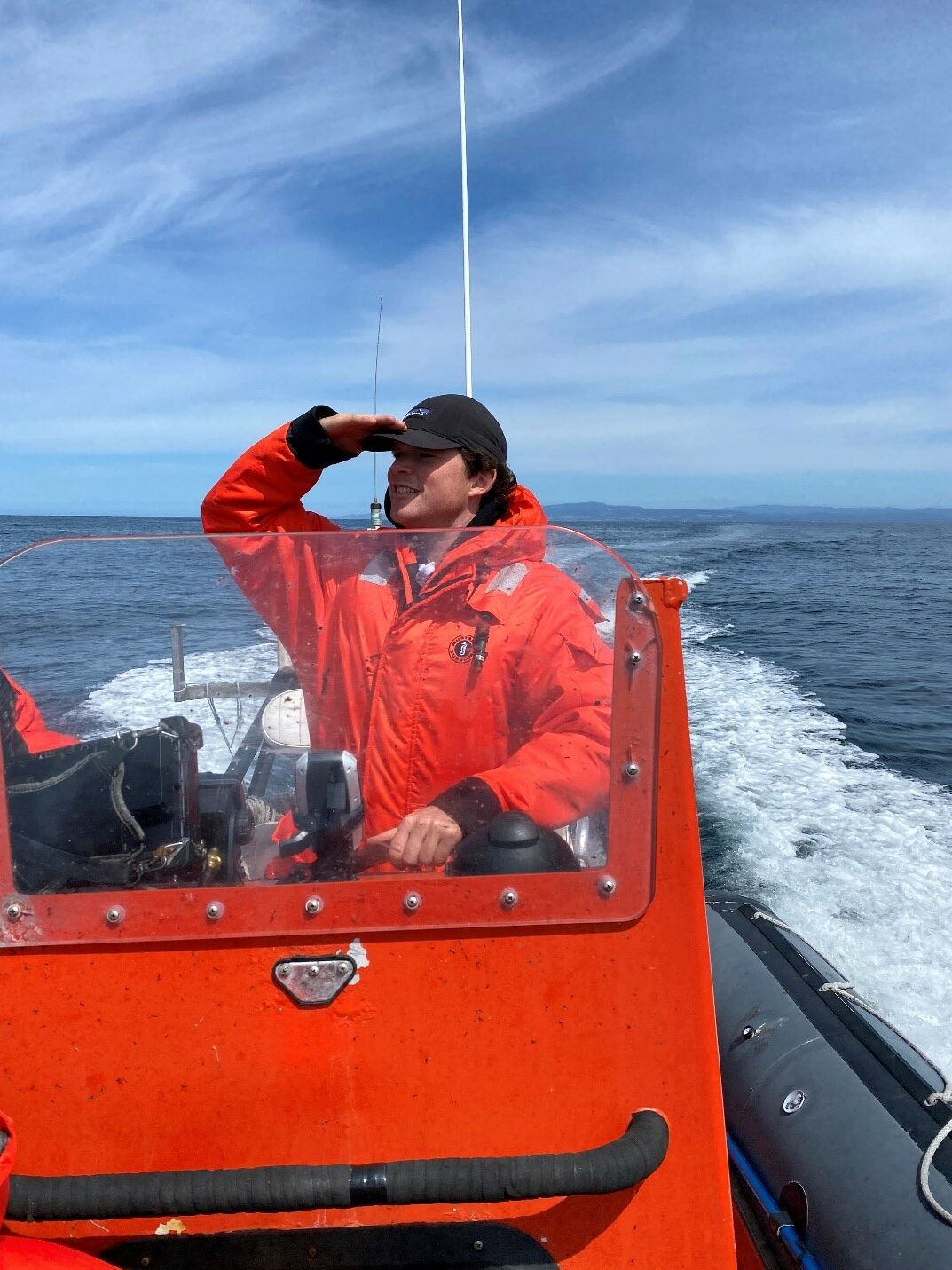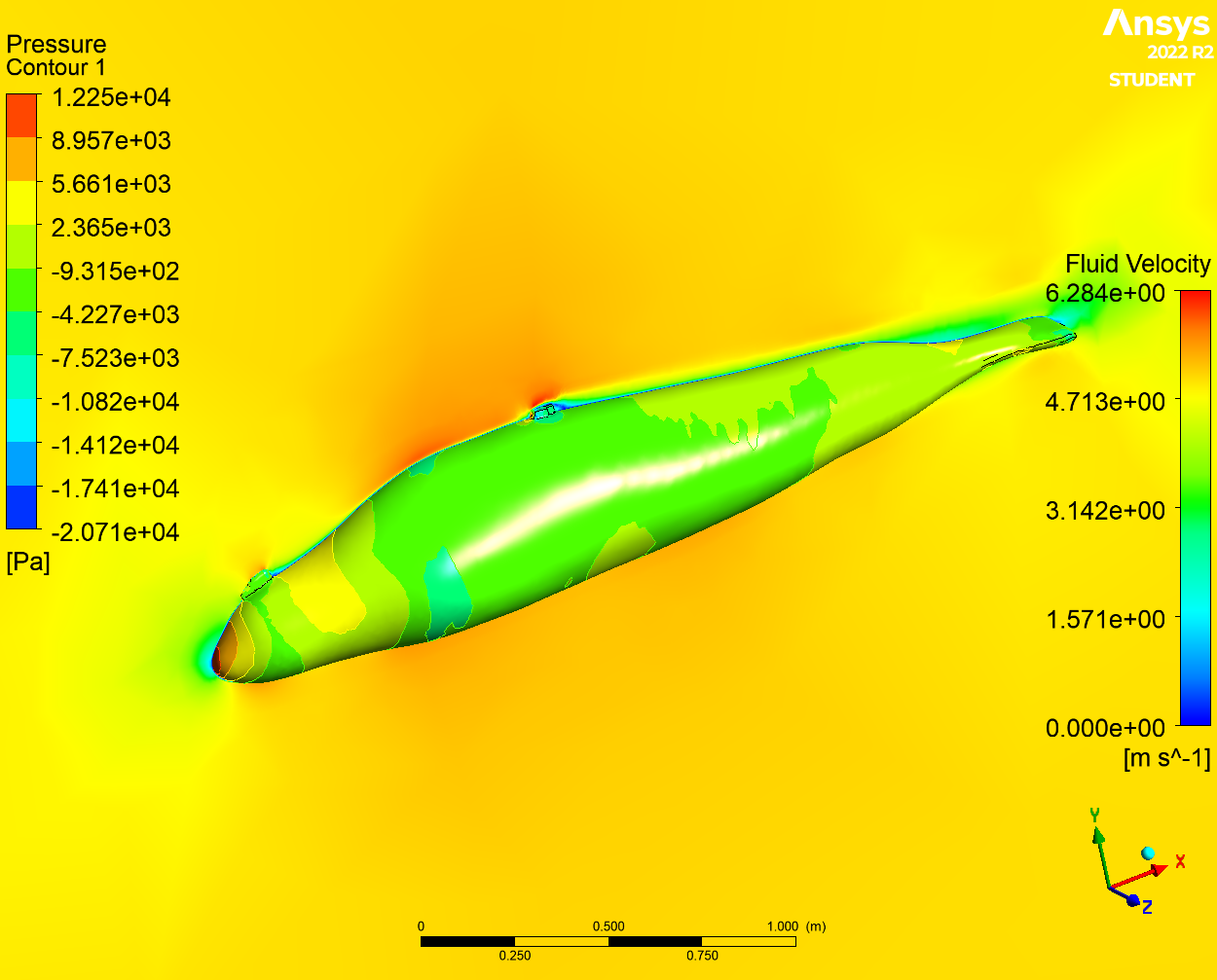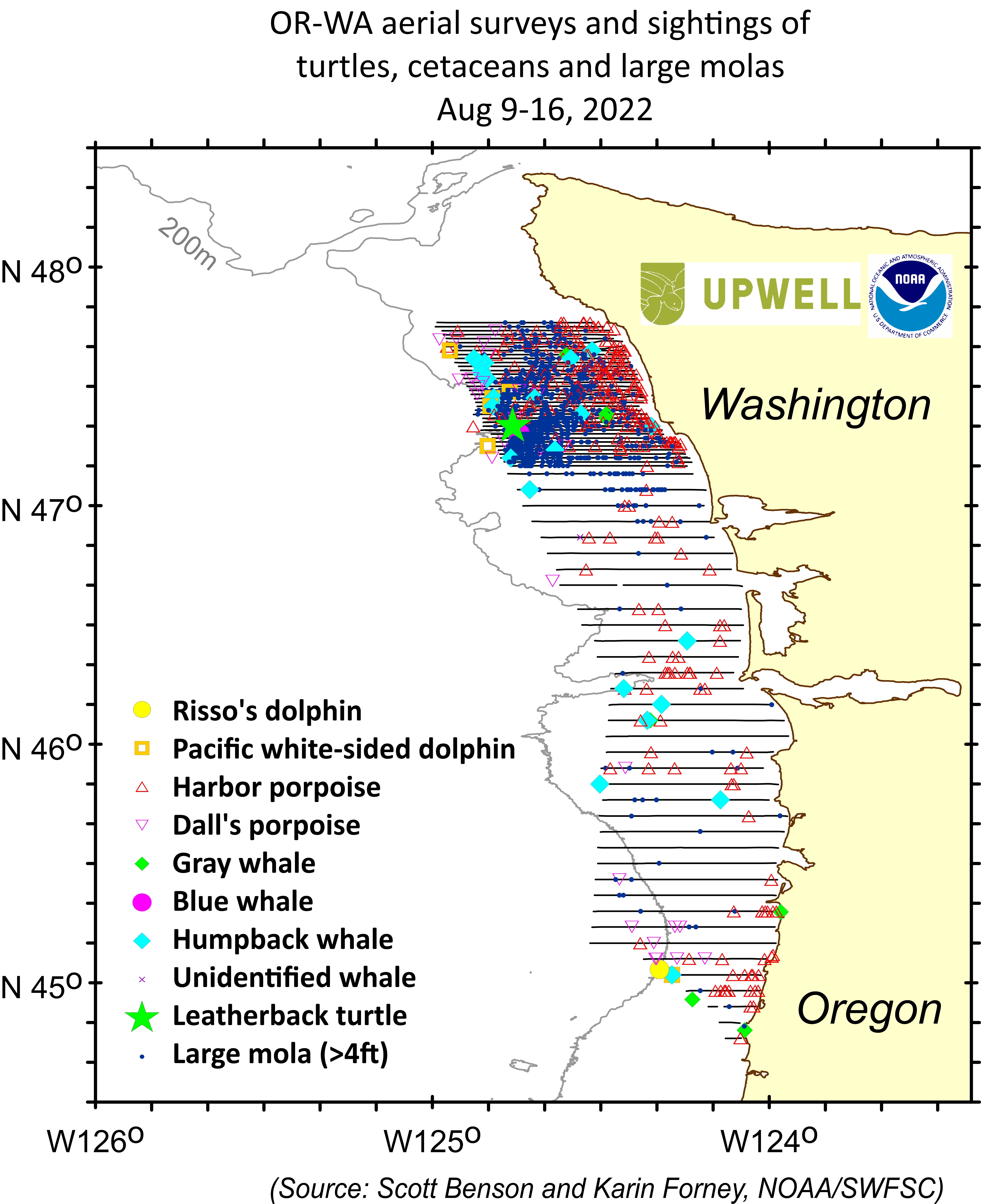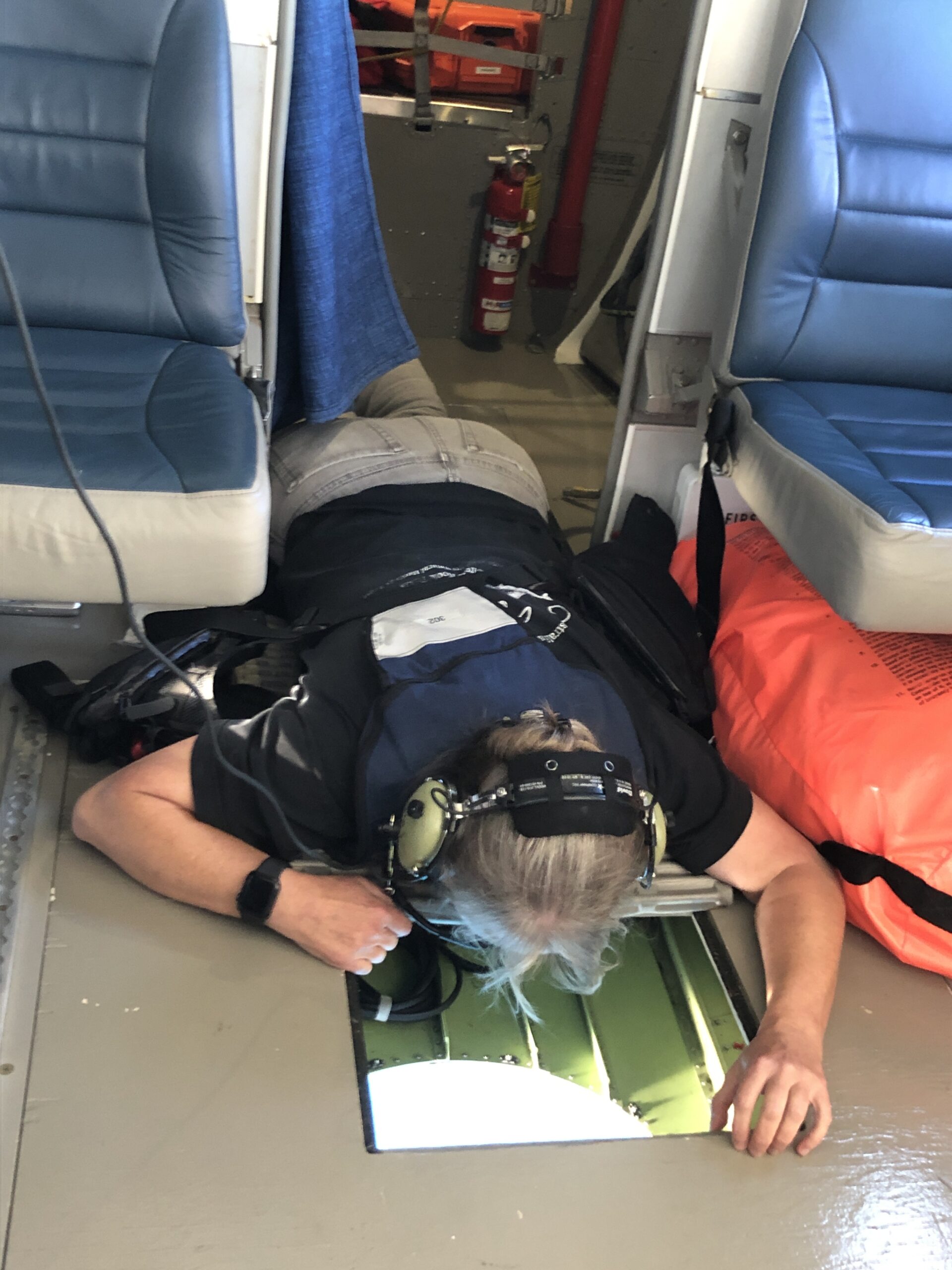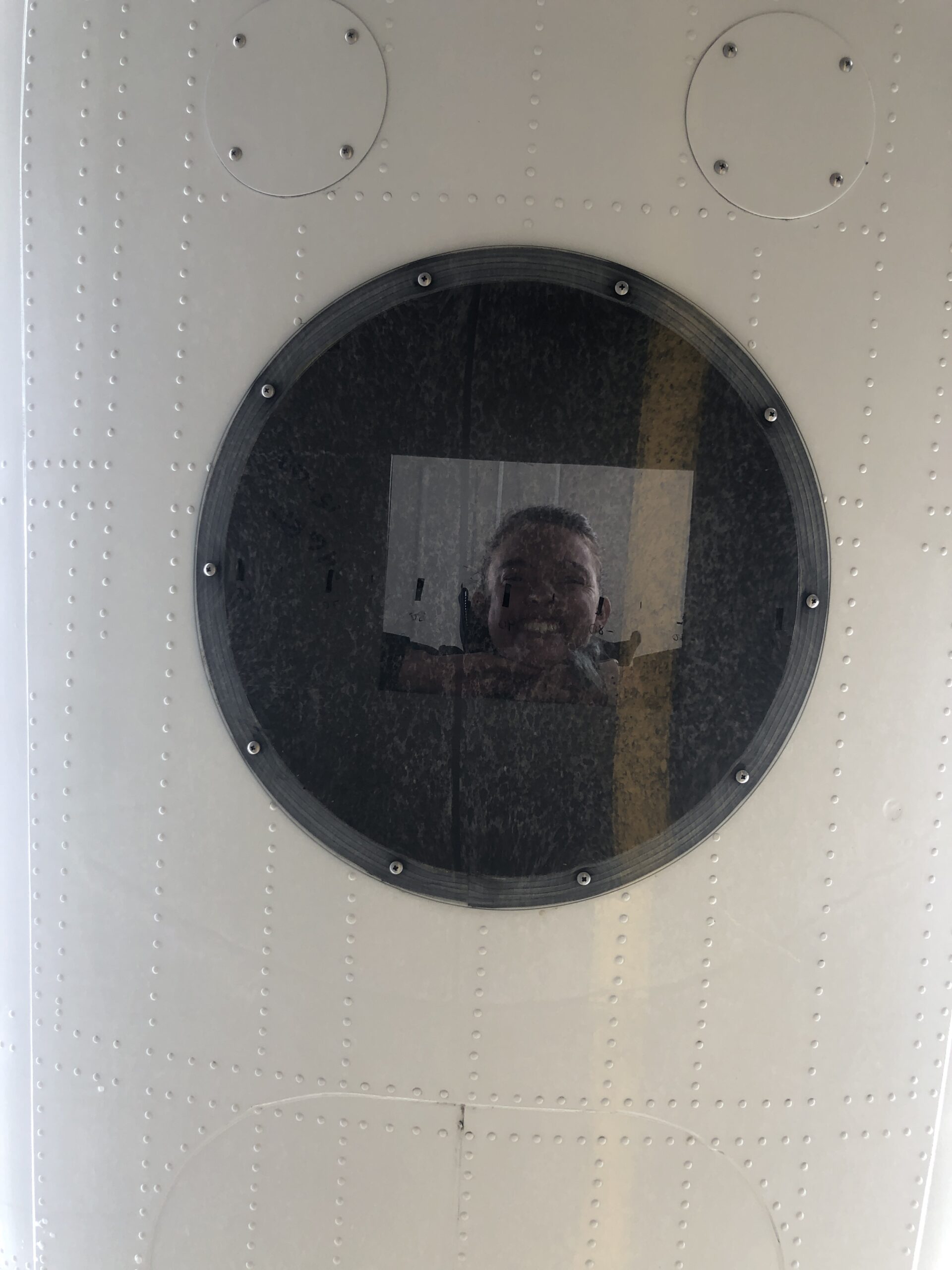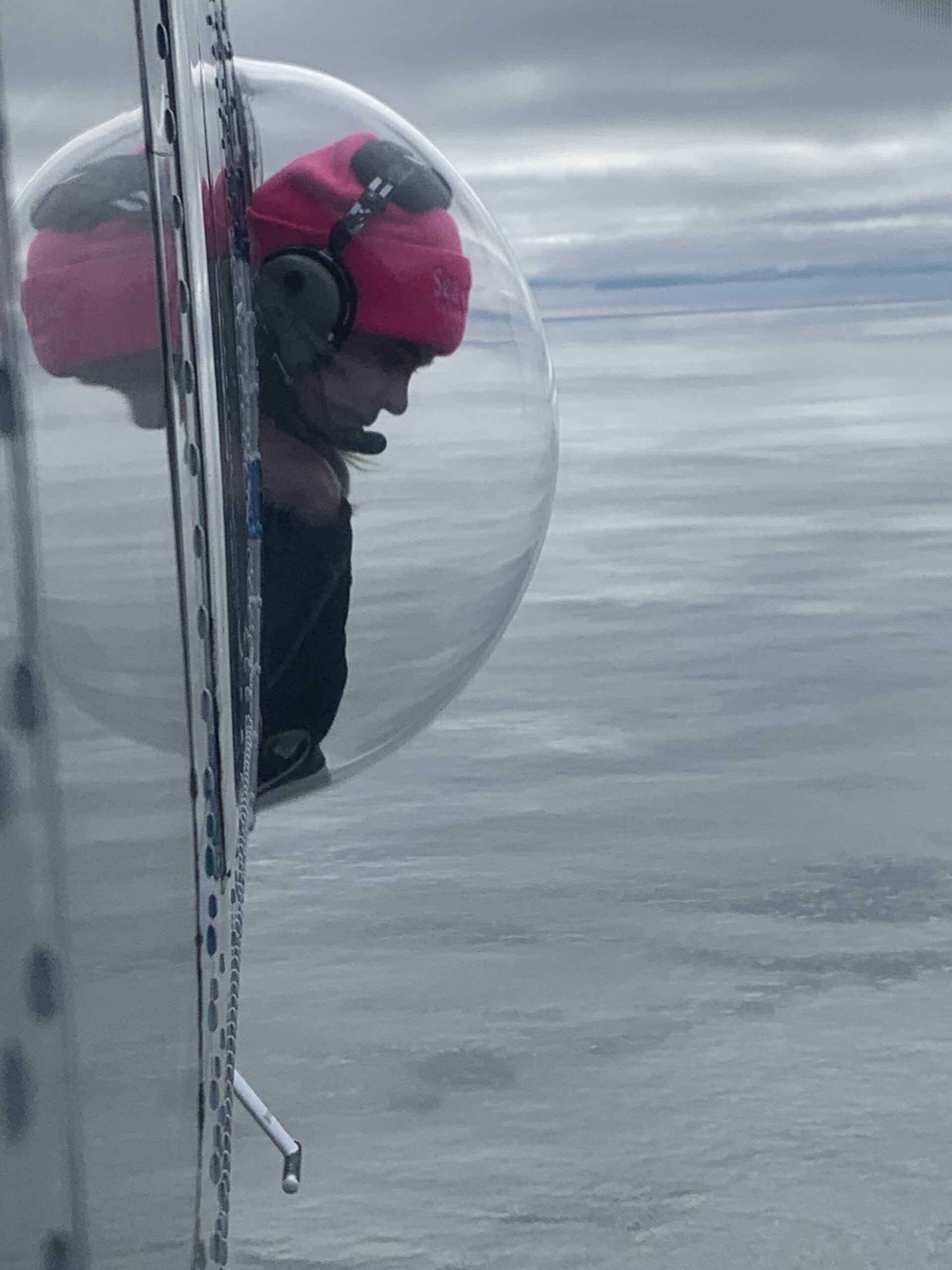Sarah Perryman
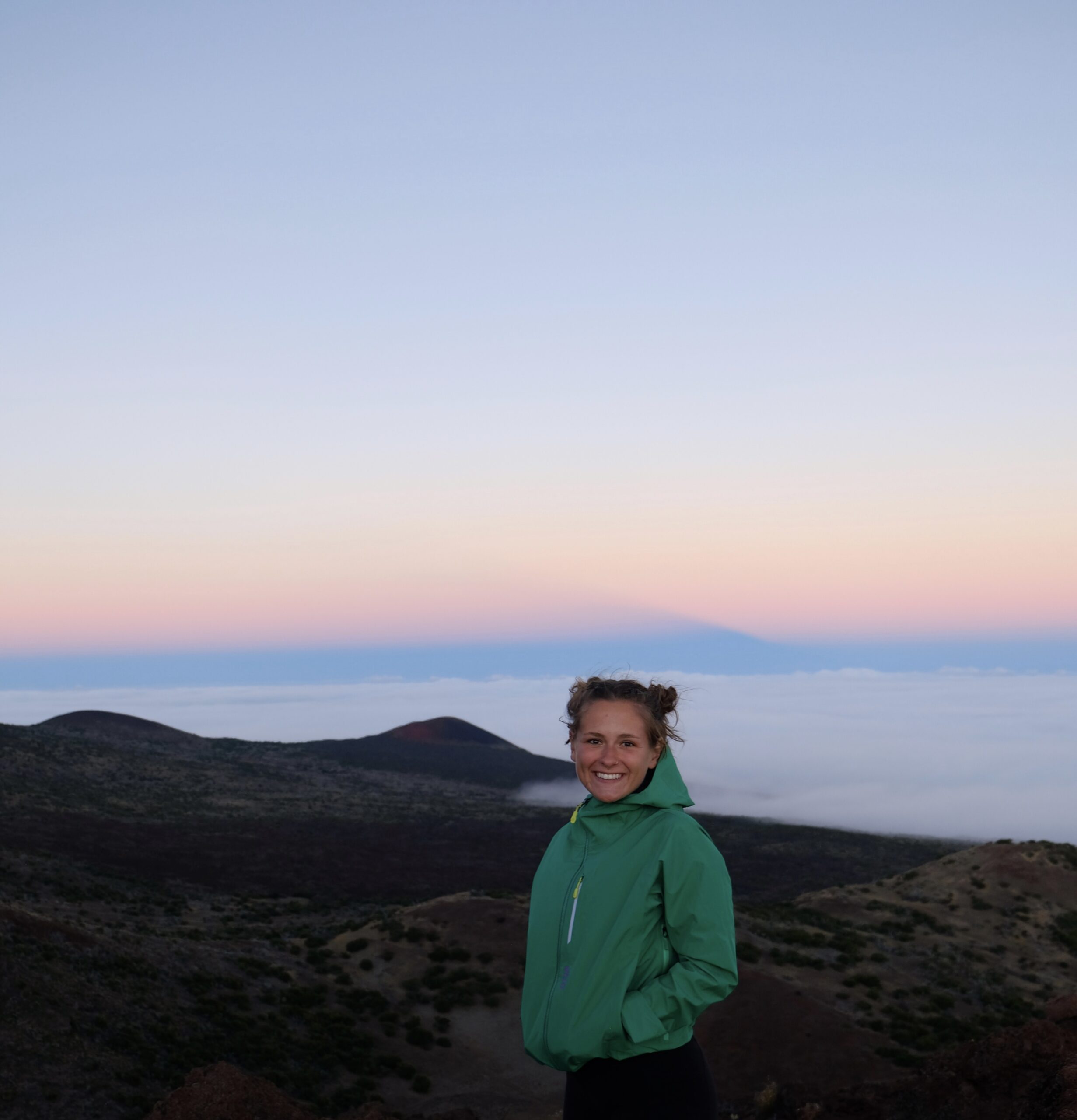

I graduated from Colorado State University (CSU) in the spring of 2022 with a Bachelor of Science in Fish, Wildlife, and Conservation Biology. I have experience studying the impact of anthropogenic climate change on grasslands through Dr. Melinda Smith’s Lab at CSU, working in natural resource policy through the Public Lands Policy Group at CSU, studying cryptic species like the Wolverine and Lynx through Colorado Parks and Wildlife, and exploring Marine Mammal research through my internships with the Alaska Whale Foundation and the Marine Mammal Research Program at the University of Hawaii.
During my time at CSU, I worked in Dr. Courtney Schultz’ lab, the Public Lands Policy Group (PLPG), a research group focused on producing work that informs natural resource management. Working with Dr. Schultz was largely influential to my research goals. While working with PLPG, I assisted MS candidate, Ms. Breidenbach, in her work with the Climate Adaptation Partnership, which focused on interdisciplinary approaches to climate issues. I also assisted in and reviewed confidential interviews with stakeholders, and discussed ways to improve political practices in Colorado, Wyoming, and Washington.
With the experiences I had, I understood I wanted to do work that was conscious of the intersection of science and policy and knew that I wanted to explore Marine Biology. Therefore, I became an intern on PhD candidate Martin Van Aswegen’s project for the Marine Mammal Research Program at the University of Hawaii. Mr. Van Aswegen’s project utilizes drones to estimate the cost of climate change on migration and reproduction in humpback whales. Originally, my work consisted of unmanned aircraft systems (UAS) data entry and analysis. I have progressed to be involved in the field work during breeding and foraging seasons. Therefore, I am also interning at the Alaska Whale Foundation during foraging season field work. Through this work, I have gained a skillset in UAS, photo identification, data collection and analysis, Matlab, and necropsy.
Working on a marine mammal project has illuminated my passion for climate adaptive research in marine biology. My background has encouraged me to strive to produce work that is mindful of the intersection between science, stakeholders, and policy. Therefore, I aim to produce research that is approached from an interdisciplinary perspective, utilize my stakeholder involvement skills to ensure the consideration of unique needs, and apply my writing and translational skills so that my work may successfully transition into management.


